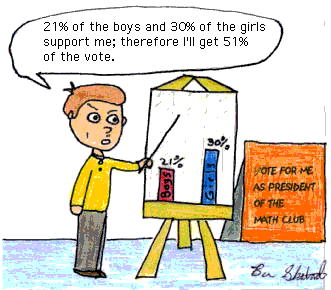Harvard Study: No Discernible Advantage to Fouling While Up Three
Posted by rtmsf on August 25th, 2010One of the coolest sporting trends of the last decade in sports has been the increasing usage of statistical analysis to make determinations about the games that we love and follow. While Bill James, Nate Silver and others have done yeoman’s work in popularizing the use of these metrics, they’ve mostly focused on the professional side of sports (and political polling, in Silver’s case). One notable exception, Ken Pomeroy’s site of college basketball tempo-free statistics, has been invaluable in how we all understand and evaluate the game, helping to debunk common myths while also alerting us to teams and players under the radar of the national consciousness. Another up-and-coming group that is showing it wants to enter the fray by analyzing some of the big questions in the game is the Harvard Sports Analysis Collective, who just two weeks ago presented us with the most unlikely finish of the 2009-10 season, a random game between Cal State Fullerton and Cal State Northridge.
Well, the HSAC is back, and today’s release is even better. Addressing the widespread end-of-game question among announcers and pundits over whether a winning team should foul in late-game situations when up three points, the HSAC makes a rather curious finding. It seems that over the past decade or so, there has been a slow but steady increase in the so-called conventional wisdom that fouling in those situations is the right play — the thinking being that the odds of the opponent making the first free throw, missing the second, and still securing the rebound and making another shot in a short period of time are very low. That part is true. The odds are low. But what is equally low from a statistical standpoint are the odds of a strategy of simply playing defense and hoping you get the stop. From the article:
In the 2009-2010 season, I found 443 instances where a team held the ball down three points during their last possession of a period (either the end of the 2nd half or an overtime period). In 391 of those cases, the team leading did not foul. In 52 cases, the team chose to foul. […] Of the 52 teams that committed a foul, six lost the game for a winning percentage of 88.46%. Of the 391 teams that did not foul, 33 lost the game for a winning percentage of 91.56%. Both a two sample t test of proportion and a Chi-squared test fail to reject the null hypothesis that there is a difference in winning percentage between the two strategies. In this sample, teams that did not foul won slightly more often. For the less statistically inclined, this means that there is no significant difference between the two strategies. [emphasis added]
A few additional comments on this finding.










































